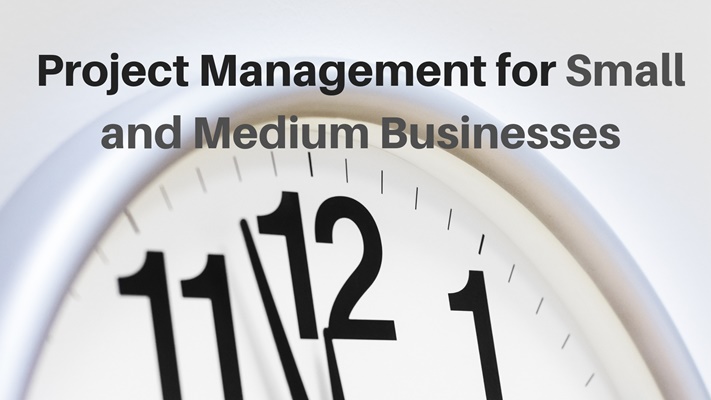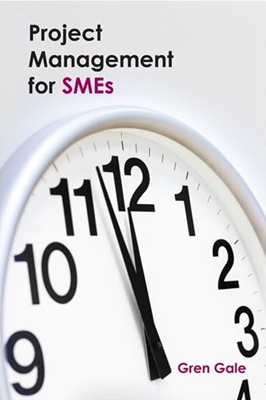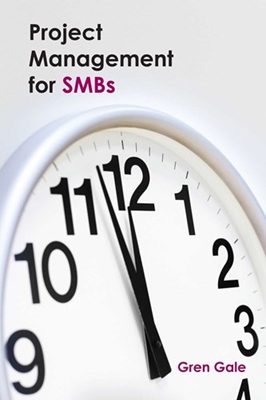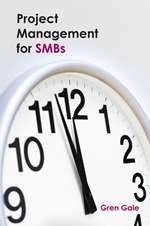We all experience project failures. It’s part of the learning process that turns promising project managers into very good ones. But here’s a chance to get ahead of the curve! 8 actions that you can take to minimise the chance of failure.
1. Don’t shoot yourself in the foot
Having a poor idea of what a project is going to cost and how long its going to take to deliver is the best way to shoot yourself in the foot before it’s even started. Poor estimation and planning are major reasons for project failures.
Whatever development approach you use, no-one is going to write a blank cheque and then ask the project manager if they’d be kind enough to let them how much it cost after they’ve finished.
The best way to strike fear and doubt into senior management is to present them with an ever expanding budget and timeframe and/or reducing scope. Confidence in a project manager has an understandable tendency to reduce in direct proportion to cost and timescale overruns.
The bigger the project or the smaller the business, a project with costs running completely out of control can become a threat to a company’s financial stability. A few years ago, I worked for an expanding and successful medium sized company that tried to develop an ambitious new product without taking sufficient care to understand costs, timescales and risks. This combined with customers holding back on buying existing products when they knew a better one was on its way, eventually led to the distressed sale of the company and subsequent layoffs and closure.
2. Put a lot of work into your estimates and outline project plan
It’s not unusual that everyone is in a big hurry to get the project going and want to get this phase out of the way, but the flip side of this is that senior management are always unnerved by increases in costs and timeframe once the project is underway.
In my experience, the bigger a project is, the greater the pressure to get started fast! This is one of the many reasons why there are so many big project failures.
Try as far as possible to resist this pressure. Time spent at the start of the project will always pay rewards later.
3. Hold a workshop
Get everyone on the same page. Put the people who know what’s required together with the people who need to produce the estimates and get them talking. The better their and your understanding of what’s required then the better chance of producing solid estimates.
And keep talking. Successful project managers communicate well. Keep talking to the users, the estimators and the people sponsoring the project. Many project failures happen because of poor communication.
4. Ownership
The teams who are going do the work need to estimate costs, otherwise they will feel no ownership or commitment to them.
The project manager may have to help them if they’re not used to producing estimates, but they shouldn’t be imposing their estimates on the project.
I have seen Project Managers do just this and it’s usually ended in tears. You can and should challenge and question estimates, but you shouldn’t estimate costs for work that other people are going to carry out.
5. Include what you need to buy for your project, not just staff effort
Don’t miss what you might have to buy for your project. People’s time will be one of your costs, but do you need to buy components, software, equipment, training, transport etc?
6. Estimates for Outsourced Work
If you need to estimate costs for outsourced work, don’t believe an estimate from any supplier unless they and you are very clear about your requirements. Suppliers are fond of producing ‘budgetary’ estimates when faced with sketchy requirements. Treat these with caution. Suppliers don’t want to scare you off doing the work, so they’ve a tendency to provide rather optimistic quotes! I would add at least 20% to a budgetary estimate ….and even then it might not be enough! I’ve seen many projects fail to get off the ground when the budgetary estimate finally turns into a firm one and the costs become unaffordable.
7. Include Contingency
Carefully consider contingency, both for costs and timescales. An effective way of estimating contingency is a risk based approach. Work out your major risks and then work out how much contingency you need to mitigate these risks.
Beware of being pressured to remove the contingency, because the project supposedly isn’t viable with it included. Giving way to this pressure usually spells regret and potentially disaster further down the line, so I would recommend resisting this. I’ve never run a project where everything went as expected, so I doubt you ever will. You need contingency, it’s not an optional extra. Lack of contingency is a major cause of project failures.
8. What did it cost last time?
Want to check you’ve got your estimates and plans in the right ball park? Have a look to see what your previous projects have cost and how long they took to deliver. Ok, so no two projects are the same, but lots of projects have similarities and you should be able to find previous projects that you can compare against this one.
This will help you feel you’ve got it right and give you a lot more confidence when you’re presenting plans and estimates to senior management for approval.
Want to know more?
Gren Gale is a project management consultant who runs PM Results is author of
- Project Management for SMEs
- Project Management for SMBs
- The Remote Project Manager
- Remote Work The New Normal
- And creator of the Udemy course Project Management for Small and Medium Business








Recent Comments